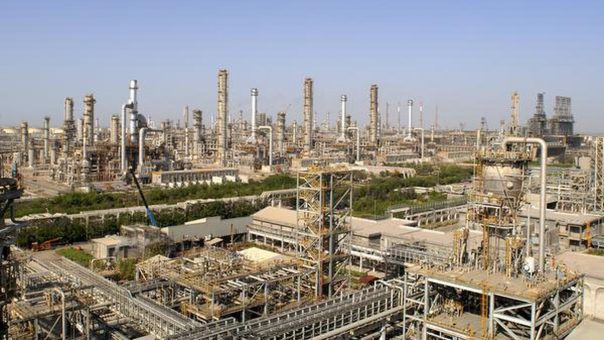By Osama Rizvi
The bulls are well and truly back in the oil market, with many analysts and traders predicting $100 oil by Christmas. But upon closer inspection, these claims appear to be driven fear and greed as opposed to fundamentals.
On Wednesday, the EIA reported a huge build in U.S. inventories, 7.9 million bpd, but oil markets barely noticed. In fact, a few minutes after the EIA’s data release on Wednesday, oil prices posted a new high of $85 before breaking $86 later in the day. For oil traders who focus on fundamentals, the response from oil markets will have come across as strange to say the least.
In a less bullish market, an increase in U.S. inventories of this magnitude could well have sent prices down by a few dollars – they certainly wouldn’t have soared to new highs.
Thesame rally happened on the back of a report from Reuters which revealed that Russia and Saudi Arabia had “struck a private deal” to increase output. Interestingly, the United States was reportedly aware of said agreement before the Algiers meeting (held on 30th September) took place. An increase of 500,000 bpd was reportedly planned but, due to opposition from other OPEC members, it wasn’t made public.
As if all of this was not enough to quell fears over the impact of Iranian sanctions on global oil supply, Khalid Al-Falih also announced that Saudi Arabia had increased its production to hits 10.7 million bpd in October (only 200,000 bpd shy of its all-time high).
Ithas also been revealed that Saudi Arabia and Kuwait are in talks to restart production in what is known as the Neutral Zone – the disputed oil resources sitting on the border of the two countries. Muhammad Bin Salman is expected to visit Kuwait this Sunday to discuss the issue.
Last but not the least, there is a full-blown trade war taking place between two of the world’s largest economies, the United States and China. Again, the oil market has largely ignored this potential catalyst, but as the trade war escalates global oil demand is sure to suffer.
While China hasn’t officially placed a tariff on U.S. oil, refiners and traders appear to be increasingly wary of purchasing oil from the U.S. – suggesting they believe the tariffs may be on the horizon.
None of this is to say that markets aren’t tightening at the moment, they clearly are. But can current price levels really be justified?
Themarket is yet to see a supply deficit, with every Aramco customer receiving their requested monthly oil shipments without any cuts or problems.
As November 4th – the official start date of U.S. sanctions on Iran – looms, fear in the market is already hitting fever pitch. And this fear appears to be making markets blind to bearish catalysts.
Furthermore, if prices continue this upward trend then we are likely to see demand destruction of some sort. A strong dollar, the U.S.-China trade war and rising oil prices can all easily dent demand from Asia’s emerging economies.
India has already started to struggle; it had calculated its budget at $65 per barrel. It seems unlikely in the light of these factors that oil markets will hit the much-talked-about $100 mark this year – in fact it may well be time for a correction.








